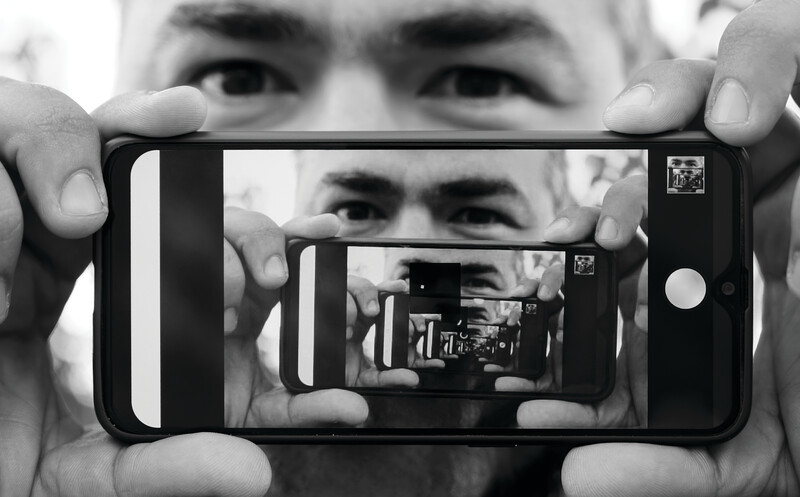Margaret Wheatley flashed a photograph of aspen trees on the screen. What looked like a forest was, on second look, one tree. The aspen, she explained, propagates by putting out underground runners and springing up as one massive, interconnected, living tree.
She then power-pointed to a typical organizational chart, with one large box at the top and lots of smaller ones at the bottom. Despite their aims for efficiency and productivity, such top-down organizations often dead-end because “we live in a myth that the world can be organized into boxes . . . that we can separate out and not lose anything.”
Speaking to educators at the ASCD Annual Conference in New Orleans this past March, Wheatley, author of Turning to One Another: Simple Conversations to Restore Hope for the Future, reminded us thatlife always organizes as networks—always. Do you run your family—do you run your life—like an organizational chart? . . . It doesn't work. What works is realizing that for us to do our work well, we must be in relationships with a lot of different people. We are interdependent. . . . Pioneering species never forget that we're connected at the roots and that it's natural to be together.
This issue of Educational Leadership echoes Wheatley's message: Building a community of learners is essential to any school reform effort. Only by involving all stakeholders and respecting differences can we give birth to new ideas. Only by reclaiming time to think together can we slow the frantic pace that so often leaves us spinning into powerlessness. And lest “community” be seen as a soft extra that would be nice if we weren't so busy teaching students, our authors make clear that community involvement—both the professional kind described by Richard DuFour and the family and place-based kind described by Joyce L. Epstein and Karen Clark Salinas—is the only route to lasting student learning.
Pedro A. Noguera makes the case powerfully. In his study of 10 Boston high schools, he found that in schools where reforms—whether Small Learning Groups or standards-based reforms—were not working well, those responsible for instigating the efforts were often the only people who knew about them. In such schools, “pervasive student alienation and strained relationships between adults and students undermined efforts to raise academic achievement.” By contrast, when educators, parents, and students understood the purpose behind a given reform strategy and contributed ideas about how to achieve desired results, the same reforms took off and succeeded.
Listening to constituents is a radical departure from the way we typically run schools, Noguera tells us, but it is the only way to build community. Although we may think we are listening, students—and their families—don't always agree. A recent MetLife survey, for example, notes that two-thirds of students believe that a principal must listen to students to be a good principal, but only one-fourth of principals agree that listening to students is of key importance. In addition, nine in 10 principals say that their school has open communications, yet only six in 10 teachers and parents agree.
Although it is not an easy thing to achieve, community—the missing ingredient in so many of our lives today—begins with a simple step. Here's Wheatley's advice:We need to bring people together. Whenever I'm in a group now, I ask people to listen for the differences. This is not how we normally listen. The way we normally listen is to listen long enough to find people who agree with us. The minute we realize that they don't agree, we shut off and we start correcting them in our head.Where could we create some openness, some thinking, some time that doesn't have an agenda . . . just time to be together? You will find that if you do this, staff and colleagues will come to depend on it. Not only that, but they will come with great ideas. This is very creative time. It's not complaining time. This is time when we think and we reconnect with what we're trying to accomplish.



